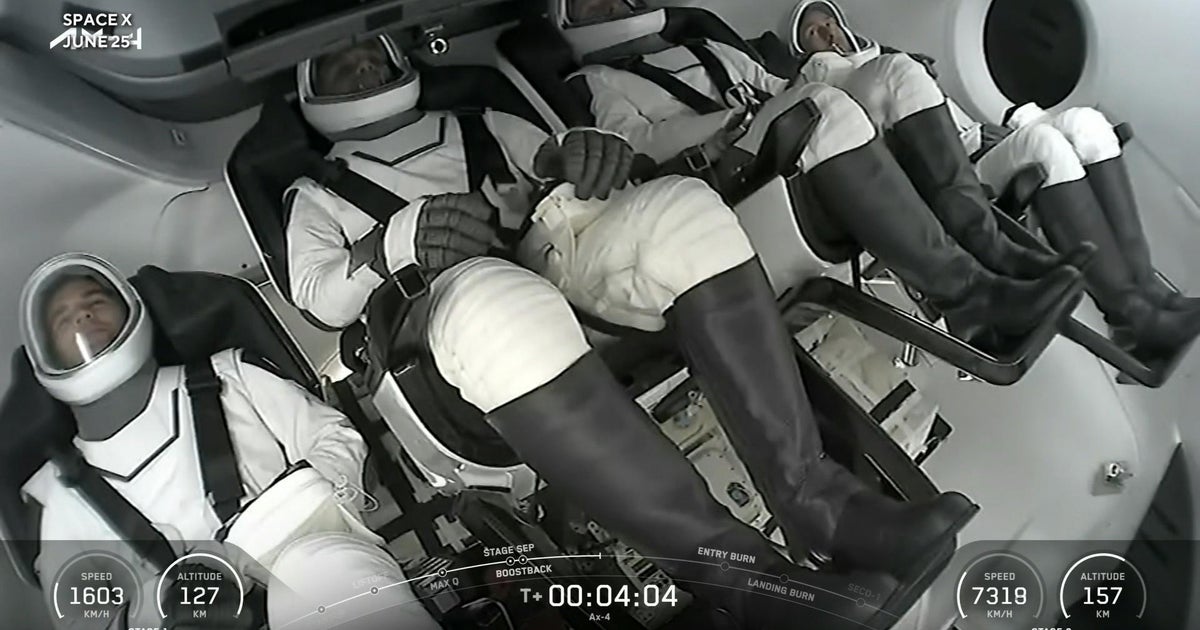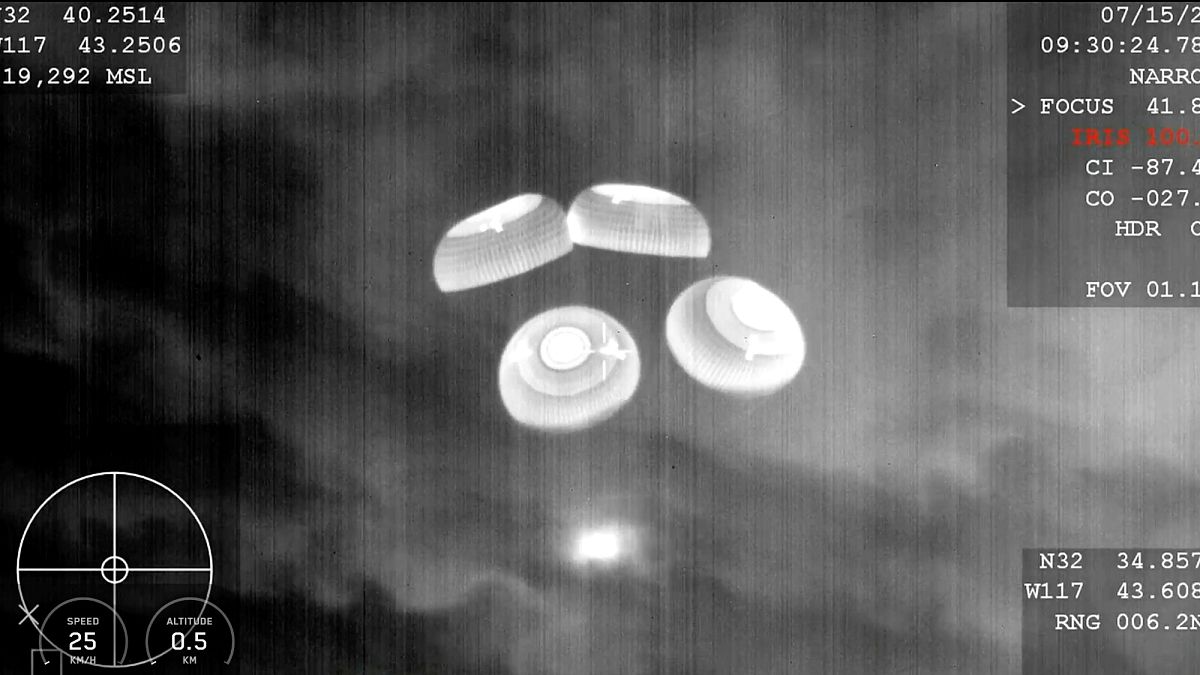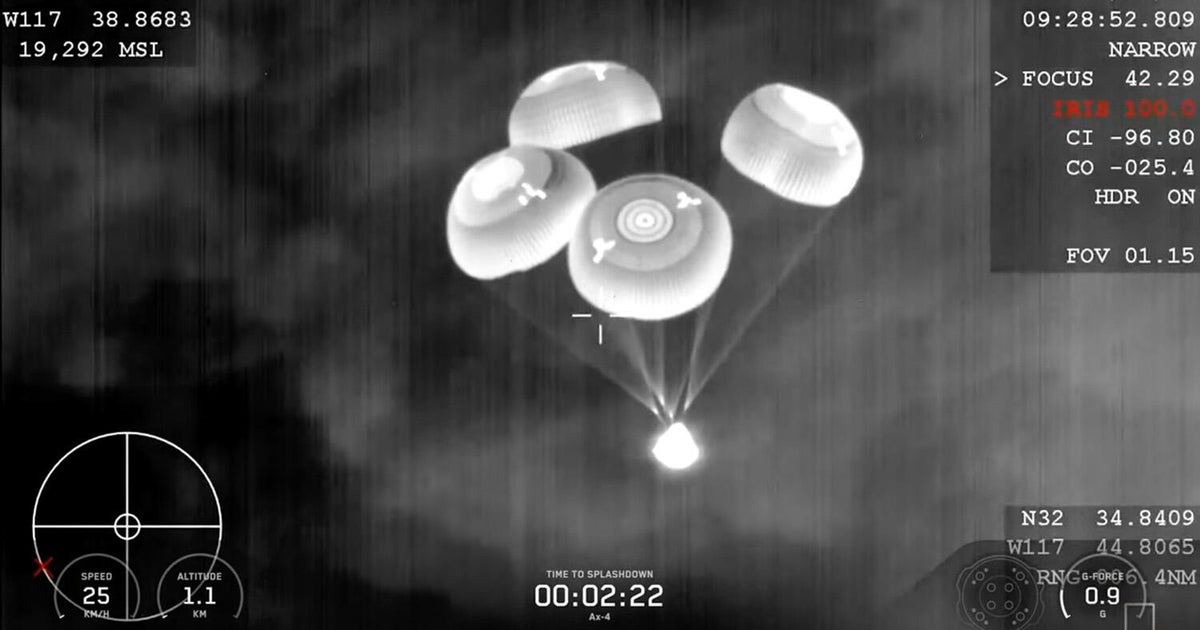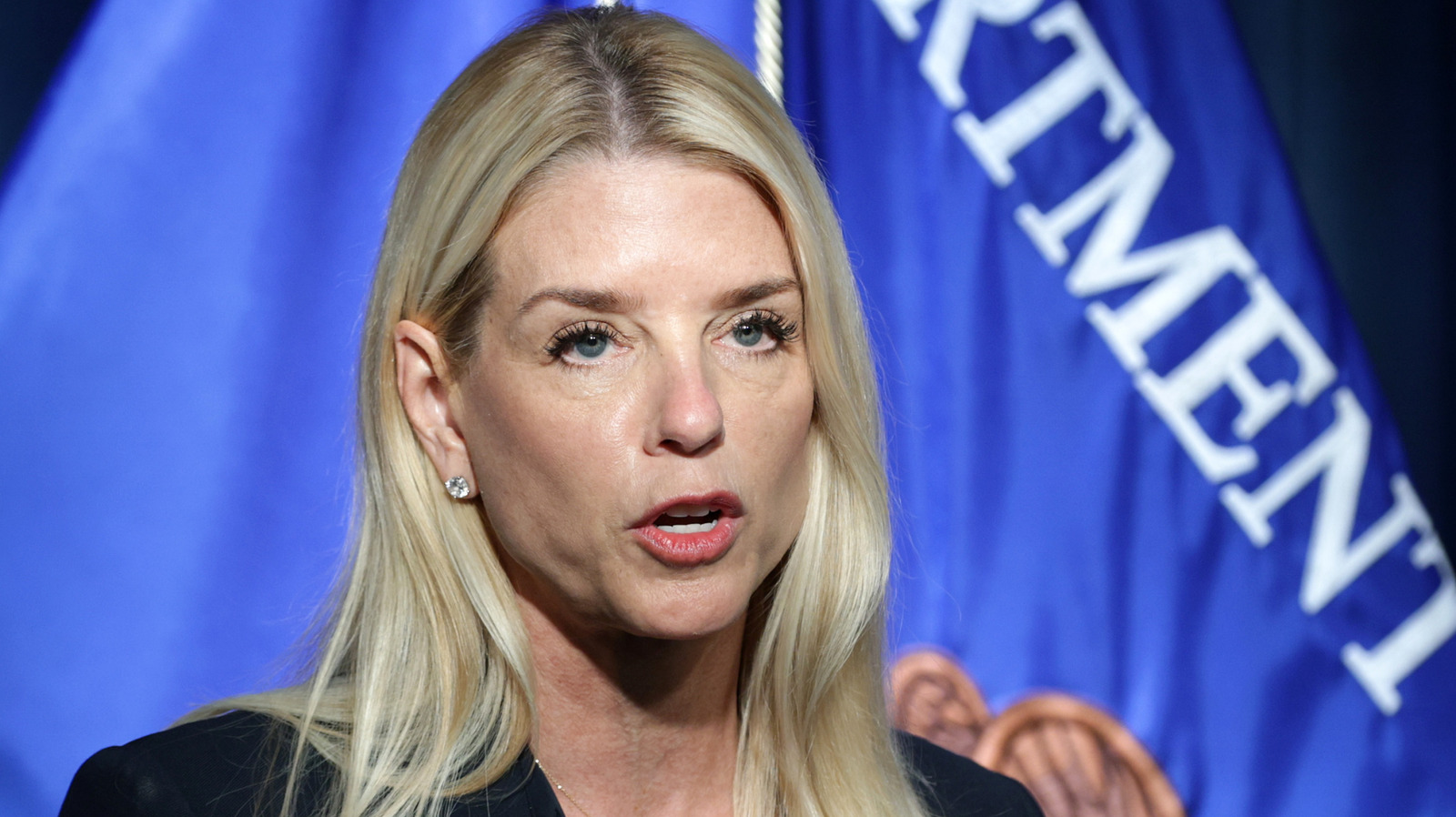In a groundbreaking moment for international space exploration, the Axiom Mission 4 has successfully concluded, marking the historic return of astronauts from India, Poland, and Hungary. For the first time in over 40 years, these nations celebrated their first human spaceflight missions, a venture that signifies both a technological leap and a spirit of global collaboration. Commanding this extraordinary mission was Peggy Whitson, a revered figure in astronautics, who has previously made five journeys
Did You Know
At birth, a baby panda is smaller than a mouse.
?
AD
to the International Space Station (ISS). Accompanied by her international crew, Whitson's leadership symbolizes a new chapter in space exploration, one that paves the way for future generations.
During their 18-day mission aboard the ISS, astronauts Shubhanshu Shukla, Slawosz Uznanski-Wisniewski, and Tibor Kapu engaged in vital scientific research and activities that will contribute to our understanding of life in space. This endeavor ensures that their nations play a part in the expansive and ever-evolving narrative of human presence in low Earth orbit. As they prepared to return to Earth, the crew expressed a deep sense of pride in representing their countries, reminding the world that collaboration in the cosmos knows no borders.
The SpaceX Crew Dragon capsule, which facilitated their return, expertly splashed down in the Pacific Ocean, showcasing the reliability of commercial spaceflight. This mission not only signifies the achievements of Axiom Space but also rekindles national pride among the astronauts’ countries, reinforcing their commitment to advancing space exploration. As the realm of private space travel continues to evolve, Axiom Mission 4 stands as a testament to human ingenuity and the collaborative spirit that will usher in the next era of discovery beyond our planet.
Q&A (Auto-generated by AI)
What is the significance of Axiom Mission 4?
Axiom Mission 4 is significant as it marks the first crewed spaceflight to the International Space Station (ISS) involving astronauts from India, Poland, and Hungary, showcasing the increasing participation of nations in space exploration. This mission, commanded by NASA veteran Peggy Whitson, highlights the growing role of private companies like Axiom Space in facilitating access to space for various countries and commercial interests.
How does this mission compare to past spaceflights?
Axiom Mission 4 is notable for being part of a new era of commercial spaceflights, where private companies take on roles traditionally held by national space agencies. Unlike past missions that primarily involved government astronauts, this mission included international crew members representing nations that had not previously sent astronauts to the ISS, emphasizing global collaboration in space exploration.
What roles did Peggy Whitson play in this mission?
Peggy Whitson served as the commander of Axiom Mission 4, bringing her extensive experience as a former NASA astronaut and ISS commander. She played a crucial role in overseeing the mission's operations, ensuring the safety of the crew, and managing the scientific objectives during their stay at the ISS, which included conducting experiments and international outreach.
How has space travel evolved in recent decades?
Space travel has evolved significantly with advancements in technology, increased international collaboration, and the rise of private spaceflight companies. The transition from government-led missions to commercial partnerships, exemplified by SpaceX and Axiom Space, has made space more accessible. Innovations in spacecraft design and reusable rockets have also reduced costs and increased mission frequency.
What challenges do astronauts face in space missions?
Astronauts face numerous challenges in space, including microgravity effects on the body, psychological stress from isolation, and the need for rigorous training to handle emergencies. They must adapt to living in confined spaces, maintain physical fitness, and conduct complex scientific experiments while ensuring their safety and that of their crewmates.

















